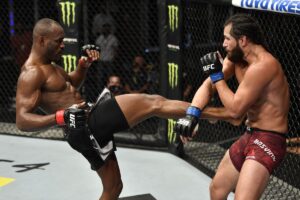Trends and Takes: Week 9
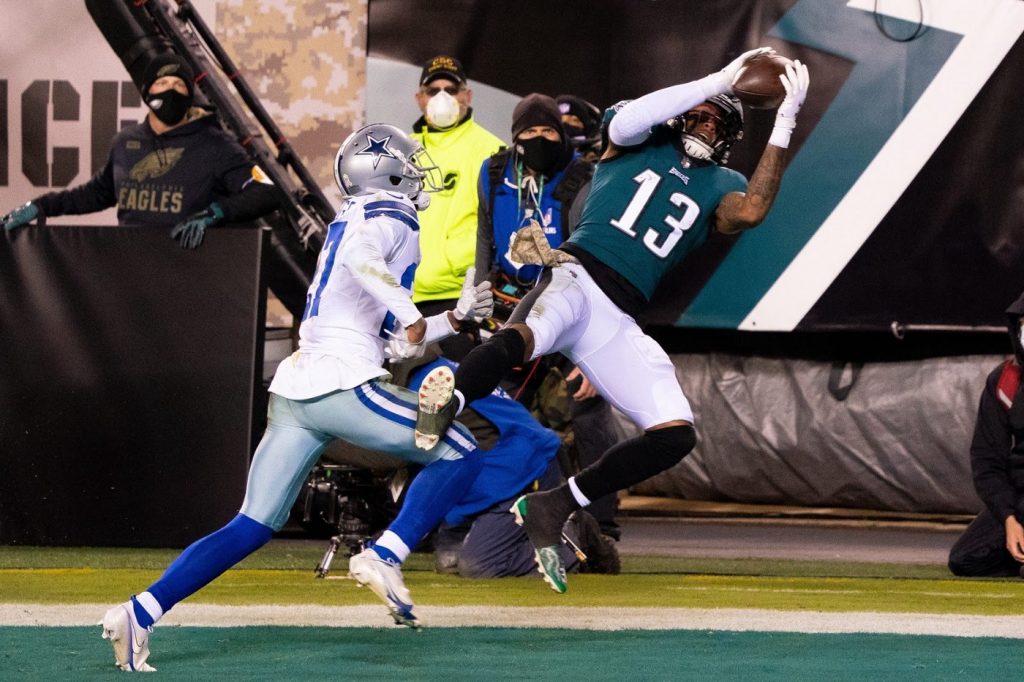
Written by Timothy Lewis (@TrendsAndTakes) — November 5th, 2020
The eighth week of the 2020 NFL season has come and gone! In other words, we have a eight-game sample size to spot trends and develop takeaways. Welcome to season three of this column! If you’re not familiar, I use this time to look at numbers and tell you what I make of them. This year, I will be offering additional Buy/Sell/Drop/hold criteria. Statistics are courtesy of advanced analytics goldmine, PlayerProfiler, and trusty dusty Pro-Football-Reference.
Cam Akers
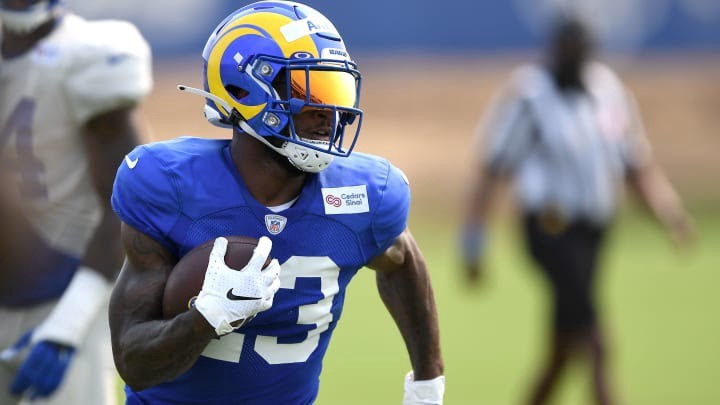
Trends:
- 26.6% opportunity share
- 32.8% juke rate
The Takes:
Repeatedly, we heard Sean McVay express his desire to implement a committee at the running back position in 2020. Gone was the era of a singular workhorse back. Tangible commitment met flimsy word when the team made Cam Akers its 2020 second round selection, marking back-to-back seasons the Rams committed substantial draft capital to the running back position.
The back drafted the year prior was Darrell Henderson. After struggling his rookie year, the Memphis standout has found his groove in the Rams’ blocking scheme. So far, Henderson’s 45.3% opportunity share leads the team, trailed by prototypical replacement-level back, Malcolm Brown at 39.5%.
Among LA beat writers, there is befuddlement as to why Akers is seeing such sparing implementation. My speculation? His early-season rib injury is to blame. While it hasn’t immobilized Akers, it’s entirely possible that he was feeling lingering pain following his week five return to action, where he accumulated 69 yards on just nine touches.
Akers’ difficulties aren’t in the talent department; he’s an explosive athlete who can grind tough yards and make plays in space. The rookie is a capable receiver and there’s no reason to play Brown ahead of him, other than experience. To be fair, that’s a valid argument. Between limited reps and injury, along with a scheme that expects all of its backs to be interchangeable, Akers is experiencing jet lag not altogether different from Henderson in 2019.
I’m a big believer in buying rookies coming out of bye weeks, and that stands true this year more than ever (Antonio Gibson buy-window closing fast!!). Coaches have extra time to see what they have, a luxury not afforded during condensed training camps. While having 3 interchangeable backs is nice, it’s not an advantage if there is a significant talent discrepancy. Good soldier Malcolm Brown can’t stop this train.
The Verdict: Look for Akers to cannibalize Brown’s role. At 5’10”, 217 lbs, with draft capital and fresh legs on his side, the Florida State product still has a majority workload in his range of outcomes. BUY.
Ronald Jones
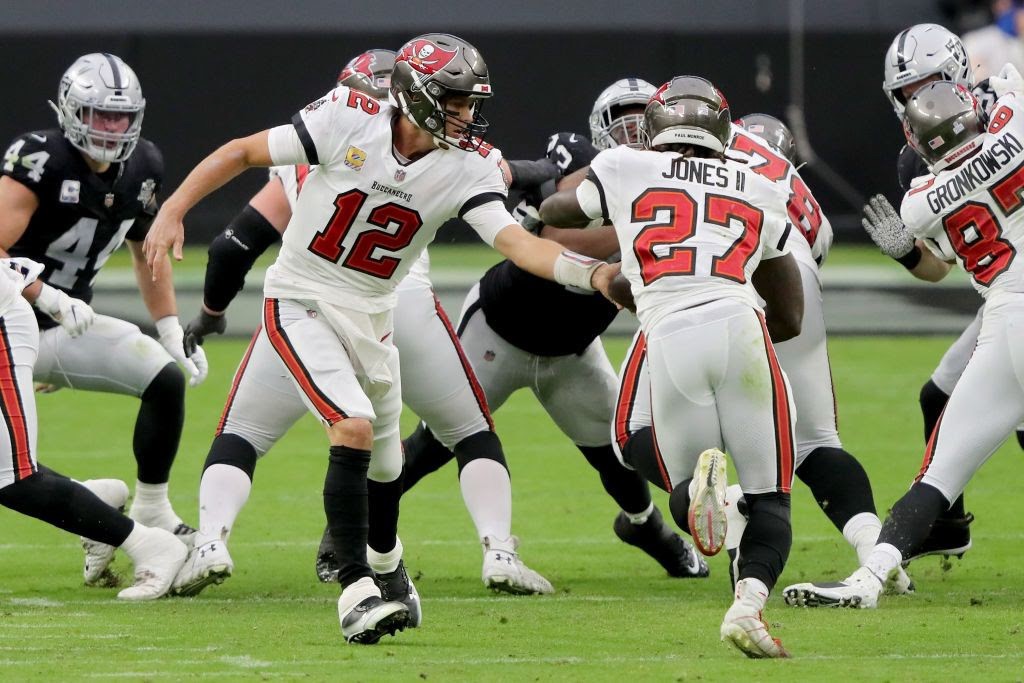
The Trends:
- 58% opportunity share
- 529 rushing yards (5th in NFL)
- 5 drops (1st in NFL)
The Takes:
This is more of a Leondard Fournette vs Ronald Jones discussion. Head coach Bruce Arians has swore by former second round pick Ronald Jonesfollowing the acquisition of Leonard Fournette.
Jones has responded to the faith placed in him, resurrecting a turbulent first two seasons in the NFL. His ranking as the fifth leading rusher is thanks to a violent and instinctive running style. Jones hits gaps with authority, shows wiggle when needed, and has managed respectable efficiency as a rusher, despite seeing stacked fronts over 30% of the time.
The fatal flaw to the USC alum’s game are the bricks he calls hands. So far, Jones leads the NFL in drops at the running back position. His ceiling is undeniably capped by this limitation, providing room for the aforementioned Fournette to enter the picture.
Since Fournette returned from injury week seven, Ronald Jones has averaged a 35% snap share. Perhaps that’s game script dependent. Even so, it shows the fragility of Jones’ stature. After a week eight fumble, he was non-factor, as Fournette dominated snaps en route to a Bucs comeback.
Despite playing three more games, there are some startlingly slim splits in production between Jones and Fournette. Jones has accumulated just 16 more receiving yards, one more run of 15 or more yards, and just one more goal line carry.
The Verdict: The usage pattern appears to be running Ronald Jones on early downs with positive game scripts, and bringing in Leonard Fournette on third downs and obvious passing situations. The independent variables seem to be the game script and Jones’ performance. There’s too many excuses for me to feel comfortable that Ronald Jones occupies a majority workload in the Tampa Bay backfield. SELL, if you can.
Marquise Brown
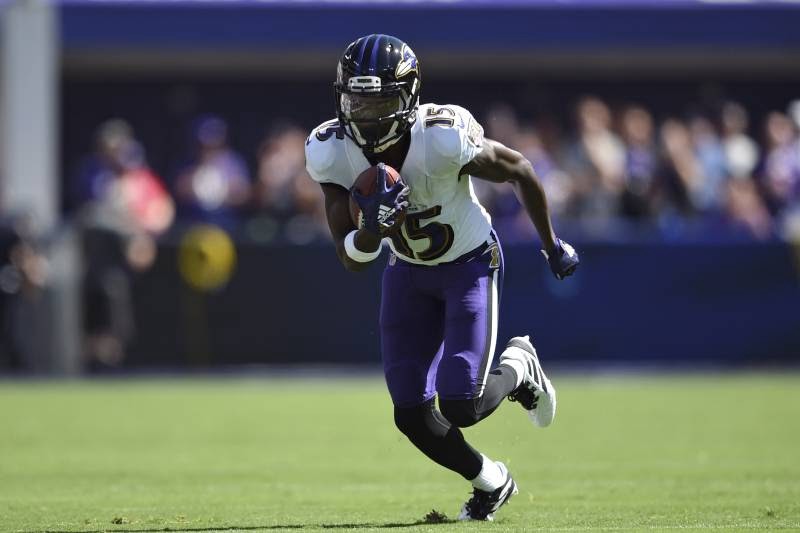
The Trends:
- 23.8% target share (15th in NFL)
- 16 deep targets (3rd in NFL)
- 2.16 average yards of separation (11th in NFL)
The Takes:
Marquise is the WR1 for the Baltimore Ravens, but he has disappointed in respect to fantasy football. Why is it that such a dynamic player is underwhelming so severely?
The peripherals are good for Hollywood. He’s been utilized downfield frequently. In fact, Brown has received 76% of Lamar Jackson’s passes going 20 or more yards this season. The other side of that story is that Jackson ranks 24th in deep ball completion percentage, and 30th in true completion percentage. In layman’s terms, he’s regressed sharply as a passer.
We can attribute Jackson’s struggles to a variety of factors: Expected efficiency regression, a weakened offensive line, adaptive defenses, etc. Ultimately, the conclusion may be one fans have pushed to the back of their minds: The third-year quarterback lacks the accuracy and pocket presence to win games with his arm.
All that can be true, and we can still maintain optimism for Marquise Brown. We’ve seen what this offense is capable of when things are clicking. If Brown wasn’t winning on his routes, that would be a different story. His abilities to gain separation and create with the ball in his hands haven’t dulled.
The question doesn’t boil down to whether we like Marquise Brown, or whether Jackson can succeed in a traditional sense, but rather are we buying this Ravens’ offense as a whole? As odd as it might sound, my opinion is that the team re-discovered itself in its loss to Pittsburgh. The Ravens ran the ball 47 times, accumulating 265 yards. If they can do that to a stellar front like the Steelers’, teams will have to sell out to match Baltimore’s commitment. This will inevitably create layups in the passing game, and spur efficiency for the passing game.
The Verdict: While Marquise Brown is flirting with WR4 territory at the moment, he has the skill profile and usage that could have him slotting in as a WR2 after a couple boom weeks. While the next two match ups are challenging, Brown has some exciting opportunities down the stretch. If you have the opportunity to BUY Brown, Jackson, J.K. Dobbins, or Mark Andrews, now is the time.
Travis Fulgham
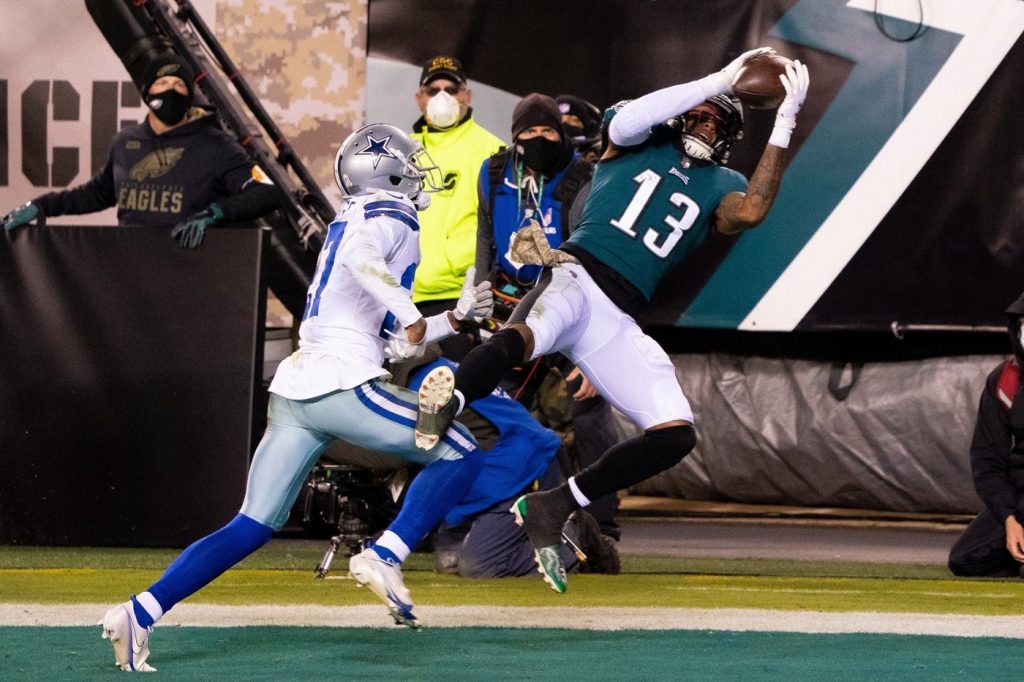
The Trends:
- Eagles run 43.4 Pass plays per game (4th in NFL)
- 27.6% RZ target share
- 351 Completed air yards (18th in NFL)
- 61.5% Contested catch rate
The Takes:
I don’t think Travis Fulgham’s mom selected him in her fantasy draft. Nonetheless, every year, someone unheralded rises and performs spectacularly. Small-school players are often overlooked in the draft process, dropping to later rounds than they deserve, at which point they are given less opportunities by the coaching staff that inherits them.
As a prospect out of Old Dominion, Fulgham checked a lot of boxes. While the 40-time doesn’t stand out, he’s a well-rounded athlete with a big 6’2” frame. As a 25-year-old, the stars of opportunity and peak performance are aligning. For these reasons, we should absolutely buy the former sixth round pick’s breakout.
The question is, can we project the breakout forward? This hasn’t just been the arrival for Fulgham, he’s been a revelation, maintaining an elite level of play since his week 4 debut in Eagles Green. Philly has been so pass-heavy partially because Miles Sanders has missed half of their games. Not only does he command touches as a runner, but the second year back is absorbing five targets per game. With the reintegration of Goedert and Raegor, Fulgham still shined in week eight, but what will the introduction of DeSean Jackson, Alshon Jeffrey, and Zach Ertz do?
Being the best receiver on your team is a writ of passage. If you establish yourself as the alpha, the rest of the pack must fall in line. When the Eagles needed someone to rise, it was Fulgham who answered the call. When Wentz throws a prayer, it’s Fulgham turning it into a game-changing play. Last year, the Eagles discovered their slot receiver in Greg Ward through a similar process of elimination. Ward remains in that role and retains the eye of Wentz in short yardage situations. This season, they’ve lucked into something special: Travis Fulgham.
Verdict: Do I expect Fulgham to maintain his 1,400 yard, 13 touchdown pace for the remainder of the season? Of course not, but he’s proven the point: He’s good, and discernibly the primary option in the pass game. That should get you high-end WR2 numbers ROS. BUY/HOLD.


